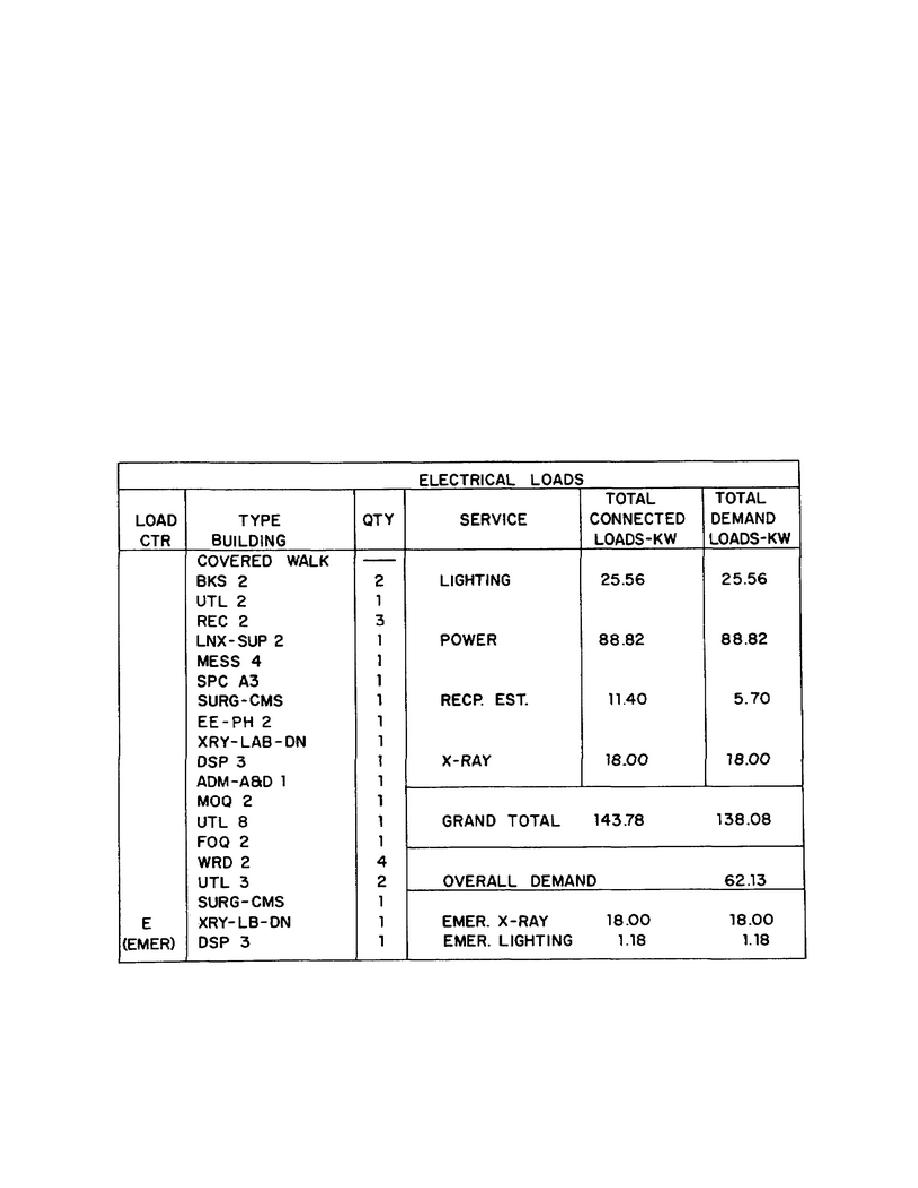
signated.
Figure 3-29 illustrates typical detail
Standard Institute classification which classifies poles
drawings for secondary power distribution
according to the load resistance 2 feet from the top.
connections. The first detail indicates the method of
Table 3-6 lists the characteristics of four types of
connecting service drops at a mast on a building. The
poles for the various classes and sizes. When
lower details show pole connection for both small
installing distribution lines you would also be
and large angle turns. Figure 3-30 illustrates the type
responsible for proper tensioning and you would use
of detail drawing used for complex installations.
tables which list sag for various span lengths and
This type of drawing gives you information such as
conditions. Tables 3-7 and 3-8 are typical of the
size and class of pole, dimension of cross arm, type
types used for this purpose. Information of this type
and size of wire, height of platform, and transformer
may be found in TM 5-765, Electrical Power
wiring.
Transmission and Distribution. When the stringing
temperature or span length does not correspond to a
c. The pole line installation detail (fig 3-29)
value listed, it will be necessary for you to interpolate
calls for a "class 5 pole." This refers to the USA
between the nearest values given.
Figure 3-28. Typical tabulation of electrical loads.
139


 Previous Page
Previous Page
